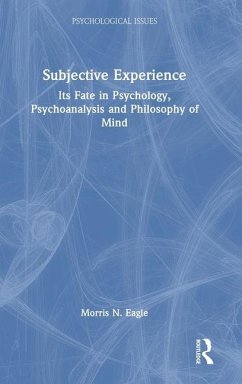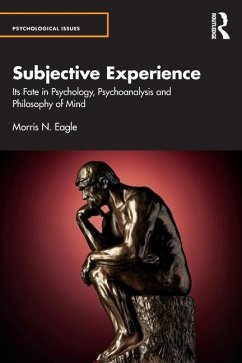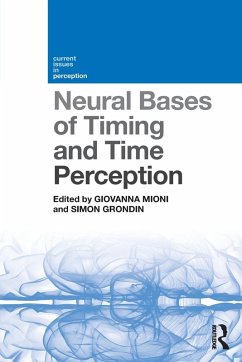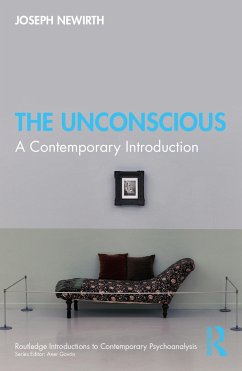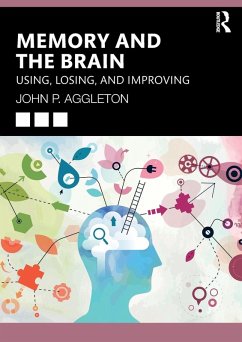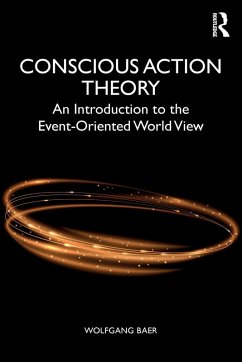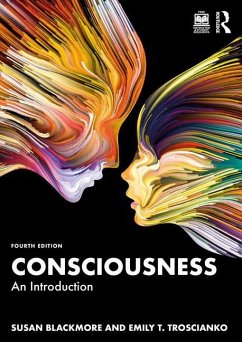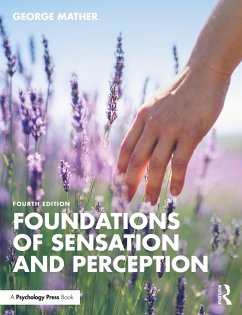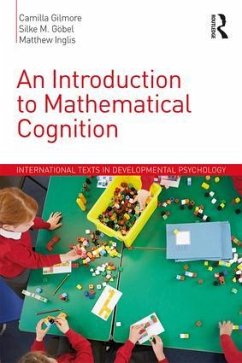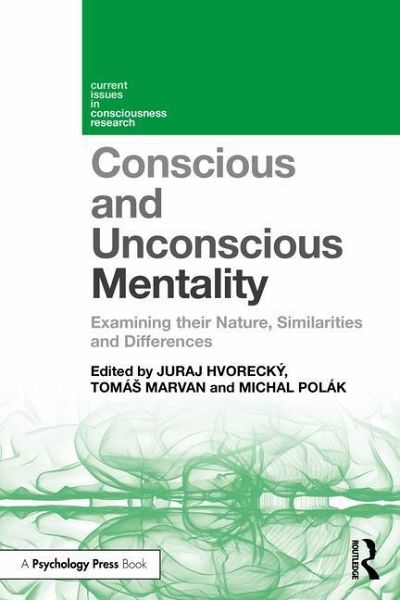
Conscious and Unconscious Mentality
Examining their Nature, Similarities, and Differences
Herausgeber: Hvorecky, Juraj; Marvan, Tomas; Polak, Michal
Versandkostenfrei!
Versandfertig in 2-4 Wochen
61,99 €
inkl. MwSt.
Weitere Ausgaben:

PAYBACK Punkte
31 °P sammeln!
In this collection of essays, experts in the field of consciousness research shed light on the intricate relationship between conscious and unconscious states of mind.





